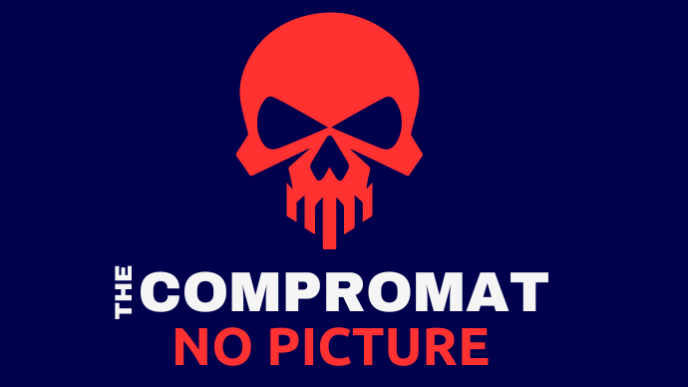You might have heard that X (previously known as Twitter) has been struggling lately. In fact, since its rebranding, it’s lost quite a few users – about 13% of its daily active users, to be exact. We’ve compiled a list of the 10 best X (Twitter) alternatives for 2024.
For folks in the PR world, this shift is major. Many journalists, influencers, and content creators they collaborate with are also jumping ship from Twitter to explore other options.
So, what are these alternatives and should you consider them? Let’s find out the top 10 best X alternatives in 2024 and see if they’re worth your attention.
10 best X (Twitter) alternatives in 2024
Read about these ten websites to see which ones suit your style and appeal to you. Check out their cool features and their pros and cons to make a choice.
1. Threads
Introduced in July 2023 by Meta, Threads is Mark Zuckerberg’s take on Twitter. It aims to complement Instagram with its text-based conversational approach. Within just over four days of its launch, Threads had over 100 million users.
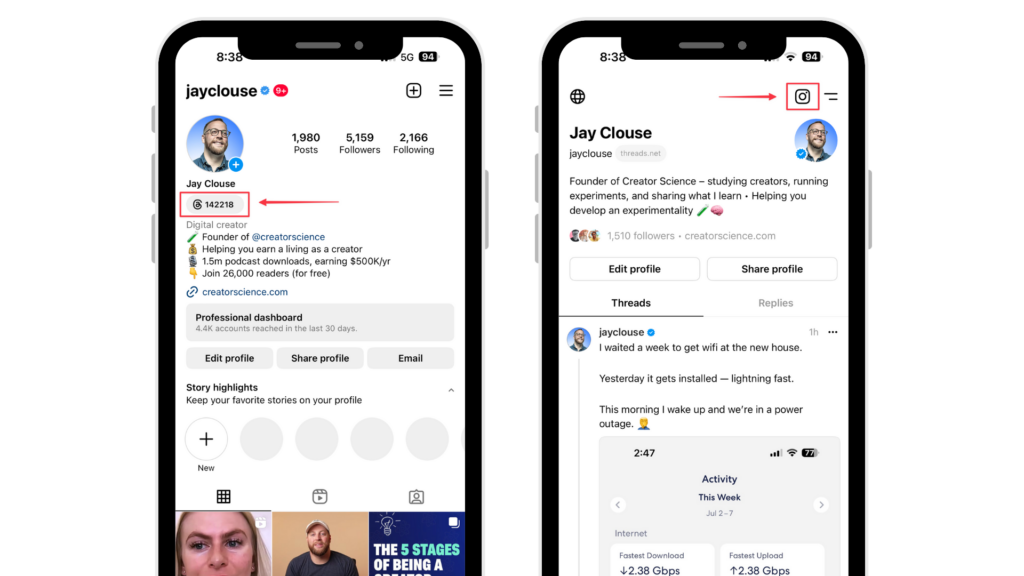
Threads sets itself apart from Twitter in several ways. It doesn’t incorporate hashtags and lacks the option for direct messaging other accounts. Moreover, it offers a higher character limit compared to the free version of Twitter. Additionally, Threads is tightly integrated with Instagram, meaning it’s exclusively accessible to Instagram users at the moment. It currently remains ad-free, distinguishing itself from other social media platforms under the Meta umbrella.
However, due to its constraints and relatively smaller user base compared to Twitter, engaging actively on Threads may not be the most effective strategy for discovering new journalists. Moreover, the absence of direct messaging functionality necessitates using alternative platforms to communicate with them.
2. Bluesky
Developed by former Twitter CEO Jack Dorsey, Bluesky stands out as a decentralized social app that emerged alongside Twitter. As Twitter implemented changes and features that weren’t well-received, Bluesky has been gaining traction. As of now, the Bluesky Social community has over two million users.
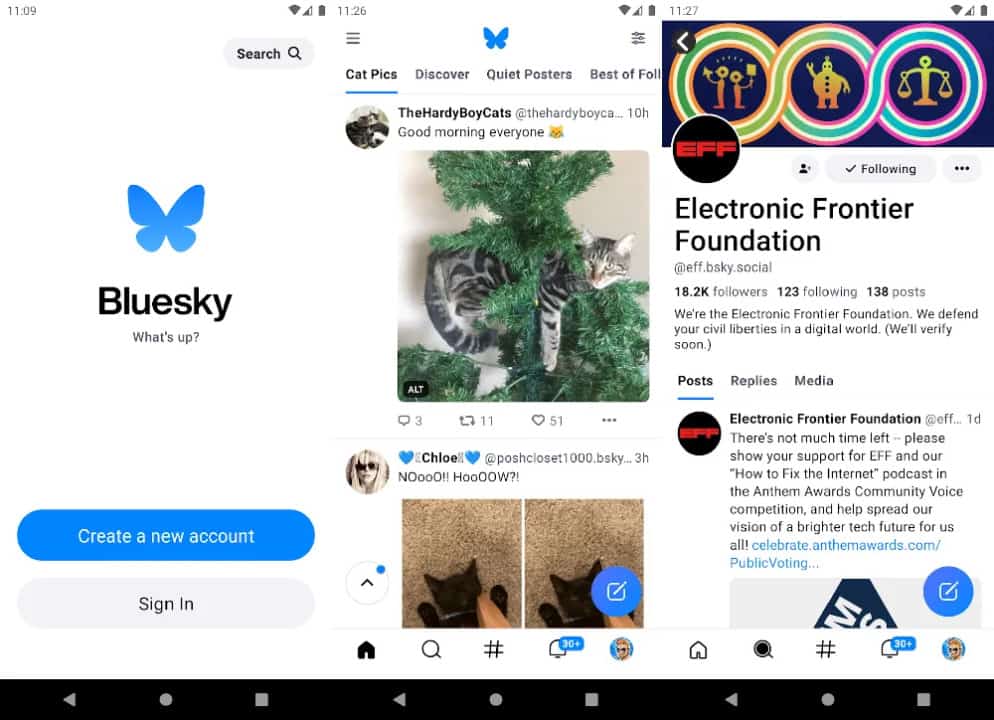
However, there’s a catch – Bluesky operates on an invite-only basis, requiring users to know someone already in the community to gain access. Additionally, similar to Mastodon, Bluesky operates on a decentralized model, paving the way for users to create their own moderated communities in the future.
As of now, Bluesky lacks features like direct messaging and the ability to add accounts to lists. But still, it has made to our list of 10 best X (Twitter) alternatives in 2024.
3. Mastodon
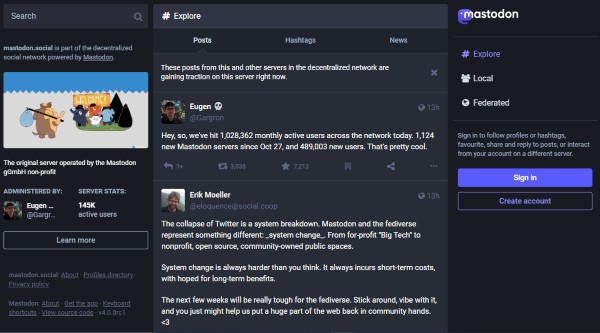
Mastodon is a self-hosted social networking platform that is open source. On the surface, Mastodon appears to be comparable to Twitter, offering similar microblogging features with a 500-character limit on submissions (called toots instead of tweets) that appear in a real-time feed. It has also increased the number of retweets, mentions, and hashtags.
The timeline, according to Mastodon’s website, displays posts chronologically with “no algorithms or adverts to waste your time,” which looks to be a dig at Twitter’s more even algorithmic timeline. Mastodon, on the other hand, is more than just an open-source social networking platform for microblogging. When you dig a little further, you will find countless differences.
4. Reddit
Reddit is a social media site known for being strict about not allowing promotions. Right now, it has more than 430 million active users, which is actually more than Twitter.
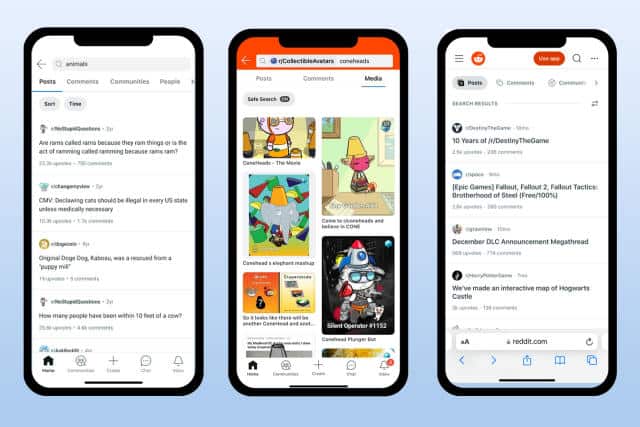
The big difference is what they focus on. Twitter is mostly used by regular people and famous folks who use their real names. But Reddit is more about being anonymous, with only a few people saying who they really are.
Also, Twitter is all about short messages, while Reddit has long conversations. If you’re in PR, it’s smart to check out the right Reddit groups to find journalists and content makers interested in your area. Just remember, Reddit doesn’t like it when you promote yourself too much.
5. Discord
Discord stands out as a popular communication platform that offers a diverse range of features, making it a strong rival to Twitter. Initially designed for gamers to interact while playing online, Discord has broadened its user base to include various communities, businesses, and educational institutions.
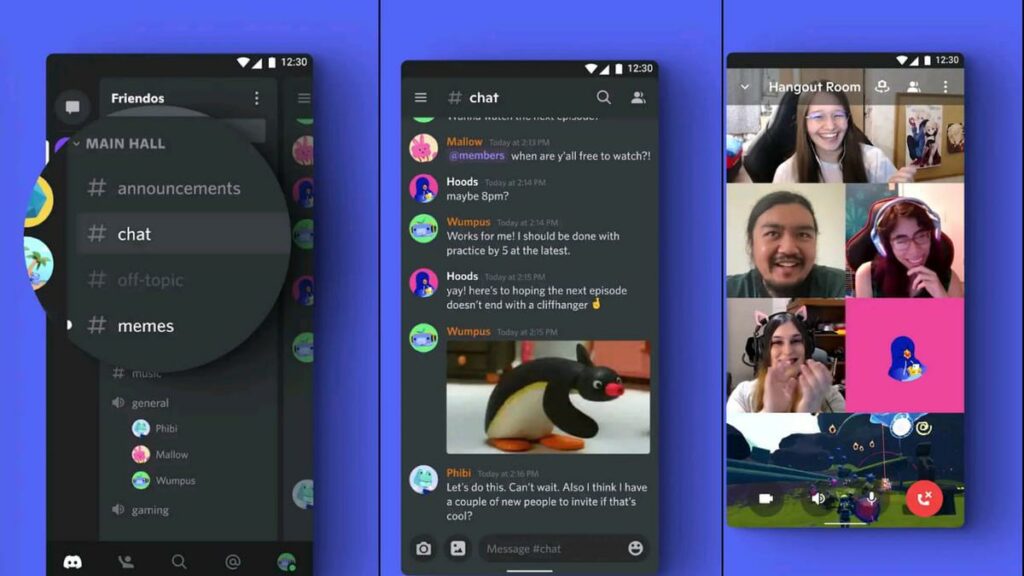
In comparison to Twitter, Discord competes by offering rich multimedia and voice chat capabilities. While Twitter mainly supports text-based messages and limited media sharing, Discord elevates communication with its extensive features.
Users can create or join servers dedicated to specific topics or interests on Discord, where they can freely exchange text, images, videos, and even engage in live gameplay streaming. This dynamic approach makes Discord a more immersive and interactive platform for discussions and content sharing than Twitter.
6. Tumblr
Tumblr, launched in 2007, is a popular microblogging and social networking site where users can easily share multimedia content like photos, videos, and text. It’s favored by artists, bloggers, and those who want to connect with others and express themselves creatively.
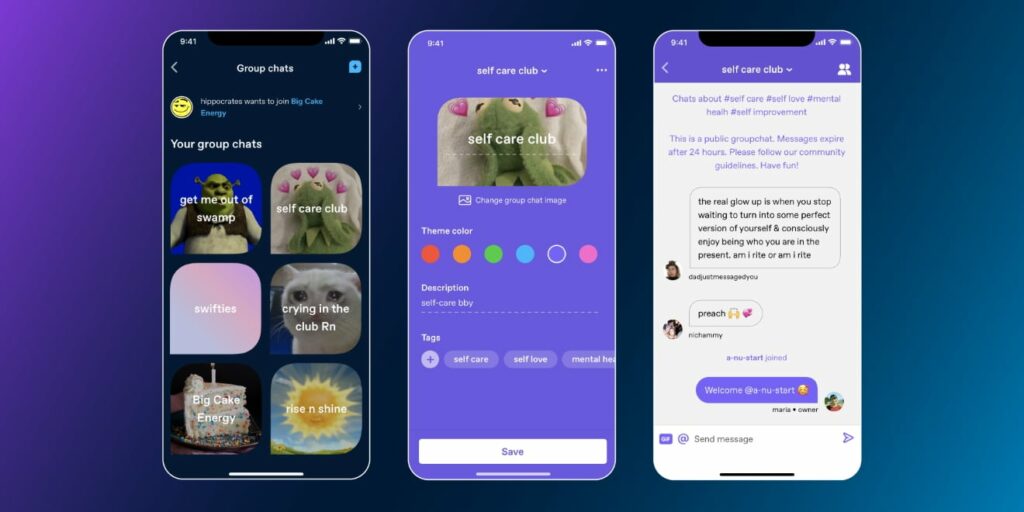
Compared to Twitter, Tumblr offers a more visually engaging and personalized experience. While Twitter focuses on short text-based posts, Tumblr allows users to customize their themes and layouts, showcasing their unique style.
Tumblr fosters a sense of community and inclusivity, where users can follow, reblog, and interact with each other’s content, creating a network of like-minded individuals.
Unlike Twitter’s character limit, Tumblr supports longer and more detailed posts. That makes it suitable for those who prefer in-depth discussions or sharing informative content. And it’s on sixth of the 10 best X (Twitter) alternatives in 2024
7. Cohost
Introduced in February 2022, Cohost is the brainchild of Colin Bayer and Jae Kaplan, aiming to offer a superior alternative to Twitter and Facebook. Despite sporting a different look, if you’re fond of features like retweets, hashtags, and comments, you’ll find yourself right at home here.
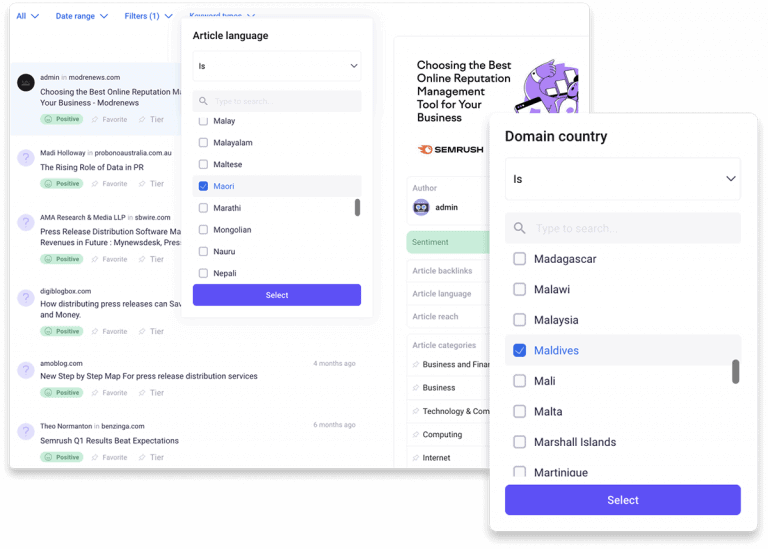
There’s no restriction on characters, and you can create multiple pages to share your content. Collaborative content creation with other users is also an option. Posts appear chronologically, and there’s no algorithm governing your feed. Plus, the feed is presented vertically.
For tracking relevant reporters discussing your clients’ brands across platforms like Twitter, Instagram, and Facebook, consider using Prowly’s social media monitoring tool. Simply set up your desired keywords, platforms, and topics, and stay updated on mentions. Alternatively, refer to our social listening guide for detailed instructions.
8. Tribe Social
Launched in November 2022, Tribel Social has become a popular alternative to Twitter. It has over 600,000 users as of now. It’s known as a platform leaning towards the left politically. The platform has a set of features designed to enhance user experience for both individuals and businesses.
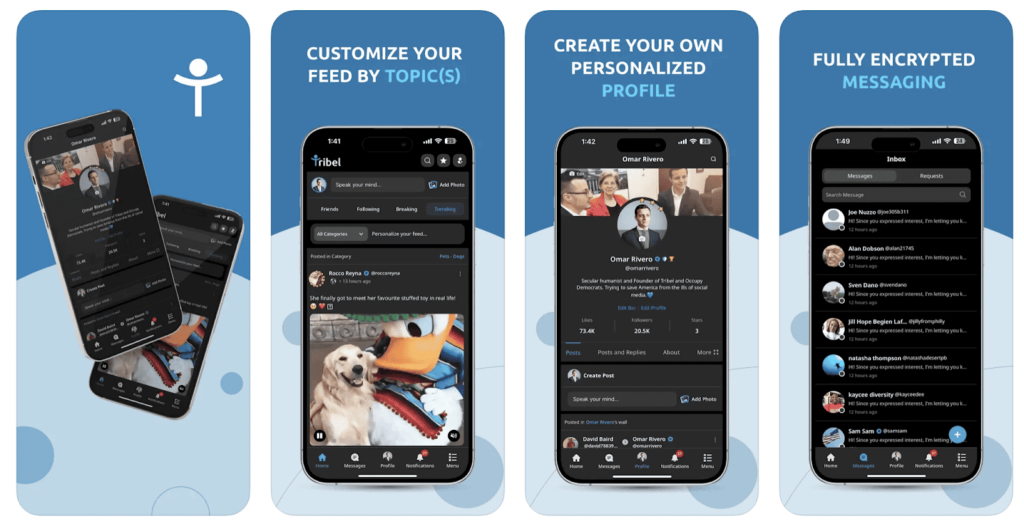
On Tribel Social, users have control over their content consumption by selecting the topics they’re interested in, allowing for a customized feed experience. Moreover, when posting, users can specify which audience they want to target with their content.
For businesses, Tribel Social provides gamification tools like polls and offers comprehensive post analytics. It has also had integration with Google Analytics for deeper insights.
9. Spill
Spill, a visual conversation network, lets users share images and GIFs. It was created in June 2023 by Alphonzo Terrel and Devaris Brown, both former Twitter employees.
As of now, Spill is exclusively for iPhone users, and you can only join with an invite from someone else.
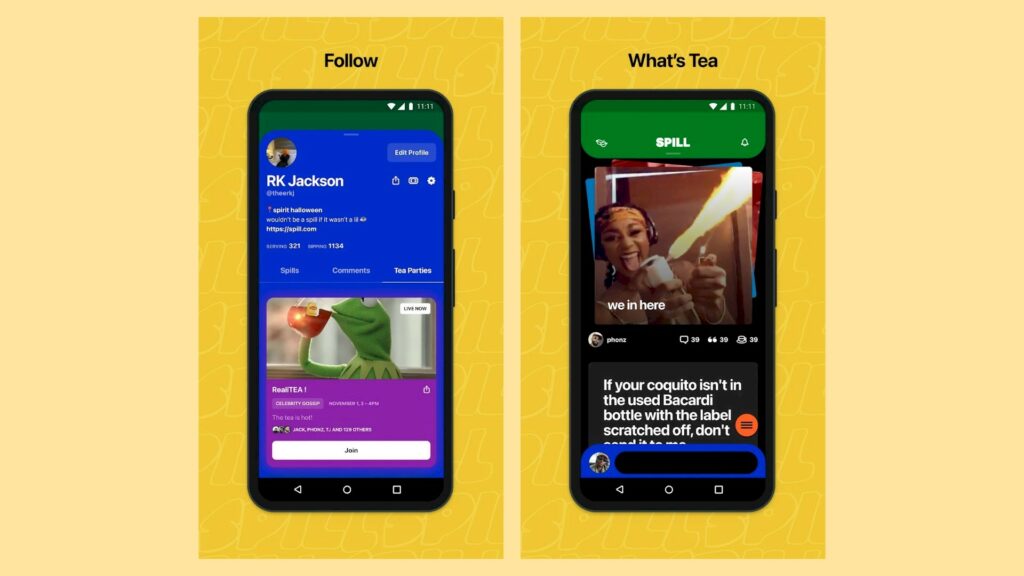
The big difference is that Spill is all about sharing images, and you’re restricted to just 90 characters of text. Because of this, many compare it more to Tumblr than Twitter. Plus, it’s invite-only and only works on iPhones.
10. Countersocial
Developed by a hacker known as The Jester, Countersocial emerges as a Twitter alternative, pledging to eradicate trolls and fake news. This commitment, among others, has propelled its user base to an alleged 63 million people.
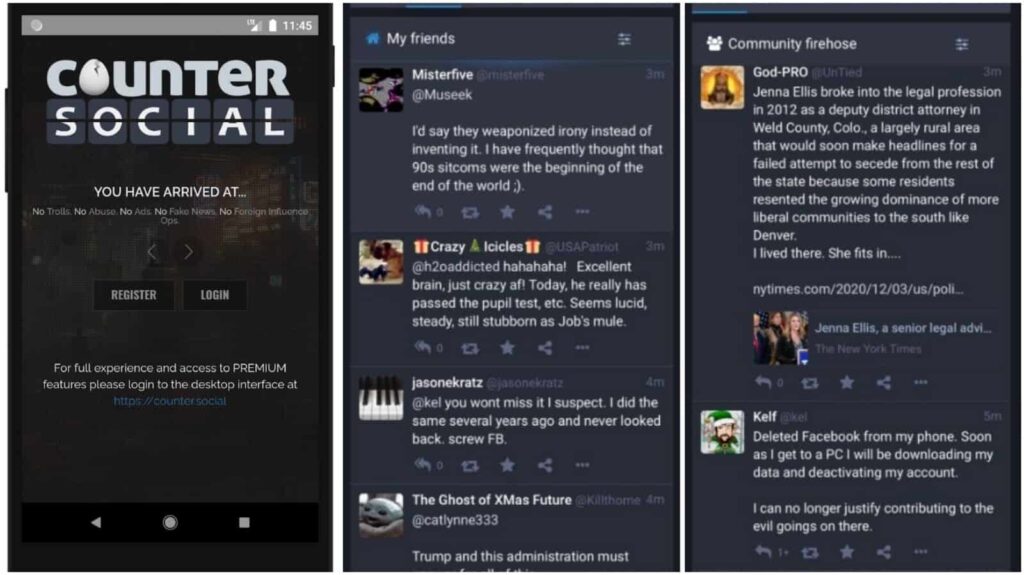
Countersocial operates ad-free and relies on user donations for sustainability.
Users can compose posts of up to 500 characters, displayed chronologically upon opening the app for a cleaner interface. The platform strictly combats fake news and trolls.
Interestingly, signing up from countries like China, Pakistan, and Russia is prohibited. This is somewhat ironic for a platform positioning itself as a sanctuary from Twitter.





